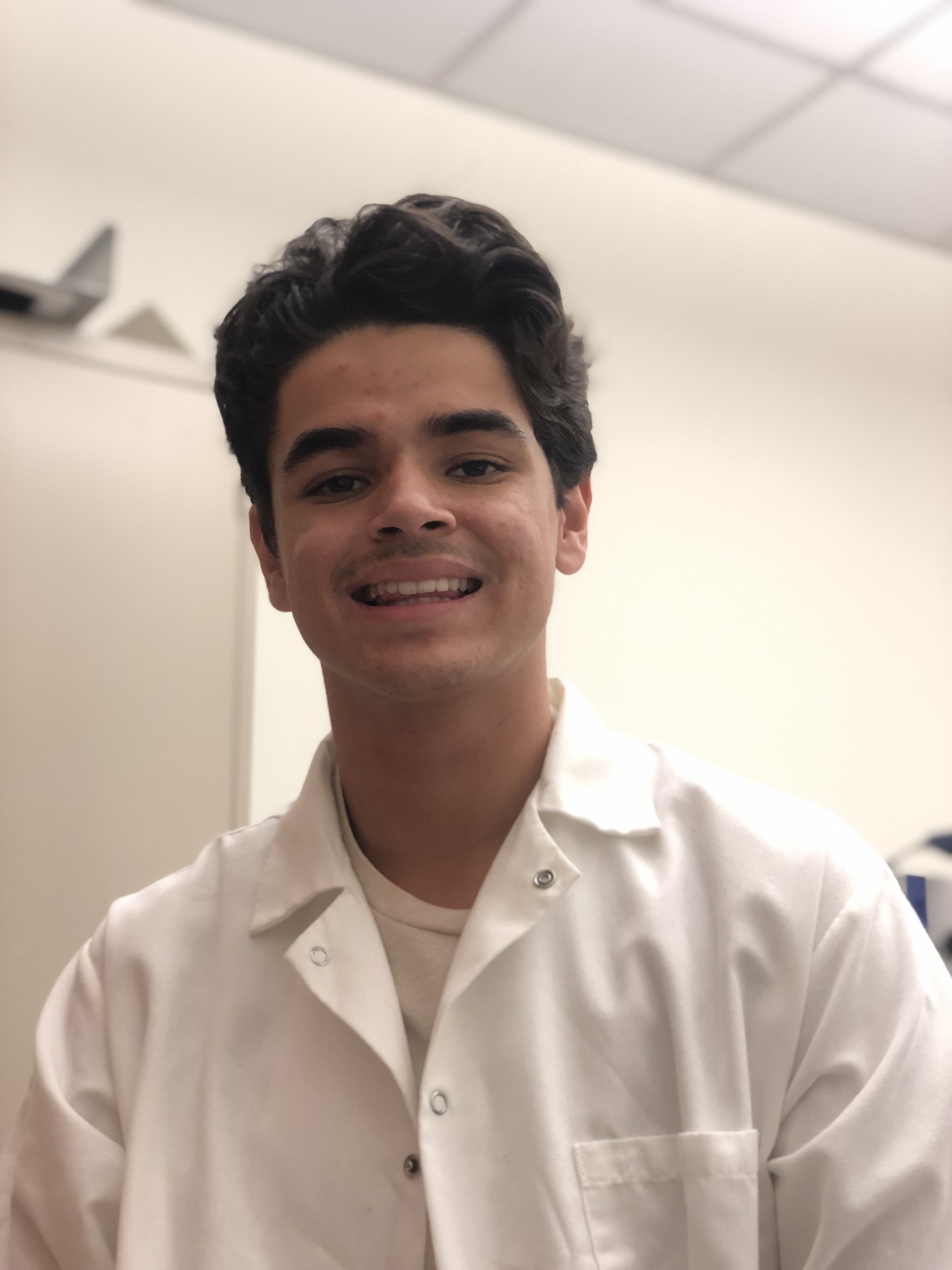Tissue Engineering
(K-411) Particle Separation: Harnessing Inertial Microfluids for Precise Particle Sorting

Juan C. Escalante (he/him/his)
Student
Eastern Washington University
Walla Walla, Washington, United States- HM
Hui Ma (he/him/his)
PhD Student
Purdue University
Lafayette, Indiana, United States 
Barrett F. Davis
PhD Student
Purdue University, Indiana, United States- TK
Tamara Kinzer-Ursem
Professor
Purdue University, United States
Presenting Author(s)
Co-Author(s)
Last Author(s)
Inertial microfluidics is a field that exploits the inertial effects of fluid flow at the microscale to manipulate particles or cells suspended in fluid within small channels. Diverging from conventional techniques, this approach capitalizes on the fluid's inertia instead of relying on external forces or active pumping. The present study focuses on the capture of particles utilizing inertial microfluidics, specifically employing a unique microfluidic chip design known as ‘expanded channel microfluidics’. The outcomes of this research possess significant potential for advancement in numerous fields, including medical diagnostics, drug delivery, environmental monitoring, and nanotechnology research in which the separation of particles or cells is critical.
Materials and Methods::
The microfluidics chip employed in this study was a straight channel chip fabricated from polydimethylsiloxane (PDMS). By strategically expanding a specific region within the chip's straight channel, microvortices are formed, acting as efficient traps for particles of particular sizes while permitting others to pass through. Previous work in the laboratory used boundry layer methods to predict the trapping of particles of different size based on the Renyolds number of the fluid flow. To investigate this phenomenon and experimentally validate these predictions, images of particle flow were acquired using fluorescence microscopy, which tracked the movement of fluorescent polystyrene microparticles and acrylic particles of 1 µm, 7.32 µm, and 20 µm, respectively.
Results, Conclusions, and Discussions::
To manipulate the flow conditions during experimentation, the particles were suspended in water and propelled through polyether ether ketone (PEEK) tubing utilizing a syringe pump using a 10 mL syringe. The flow conditions were varied within the range of 0.1 to 𝑅𝑒 ≤ 500. We find that with increasing Re, particles can be selectively trapped in the wells, which aligns well with the theoretical prediction. Ultimately, the objective of this study is to successfully introduce E coli and mammalian cell, represented here by 1µm and 20µm particles, into the chip and capture the mammalian cells to achieve separation of these two cell sizes.
Acknowledgements (Optional): :
References (Optional): :
